Prague - December 7, 2012
Tyng Shiuh Yap presents her paper within the panel Beyond Uncertainty at International conference MutaMorphosis in Prague, Czech Republic.
The synthesis of our living space with digitality runs into ideas of disembodiment or the deterritorialization of the body. The propensity of the digital for forming heterogeneous configurations estranges conventional identity of the locomotive body as being essentially in a structural relationship with features in the environment. If the external environment is rendered non-linear, or even non-geometric, then how can the body adequately map and structure itself through space to enable locomotion? This paper discusses bodily strategies for coordination and motion planning as mutable and relative to the varying forms of information available for body-brain processes. Discussions include references drawn from the author’s on-going art as laboratory research.
Whilst there has been an active re-engagement of bodily movement with the affective, and with the interoceptive and exteroceptive sensory processes like proprioception and touch, there is often no explicit address on how these might relate to body locomotion or mobility in hybrid environments. Clearly, conventional notion of the body as a perspectival centre becomes problematic and inadequate in the heterogeneous environments, where elements could be fragmented, folded and translated. Reconfigurable body-environ relationships sidestep any fixity of how the body is situated, what borders personal and extra-personal space, and how the environ is constituted. Mobility in such multiplicities would demand certain flexibility or re-adaptation in the body-brain processes that manage the flow between actions and information.
Indeed, we know the body has a certain capacity for plasticity. The body’s different modes of sensing and path structuring of the environ are susceptible to re-modulation through the demand of new forms of actions. Sensory information from different modalities facilitates the body’s variability in its functions. The body fine tunes its strategies for coordination and motion planning in relation to the changing conditions in the environment through a re-rationing of sensorimotor functions and developing new concepts. This capacity for reconfiguration of bodily functions increase the body’s possibilities for actions. Strategies on how the body could manage the heterogeneous environments through re-regulating its model of sensing-actions-concepts will be explored in the paper.
- Tags:

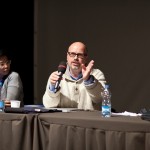
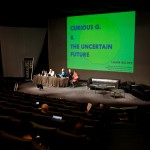
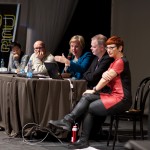
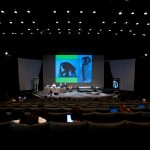
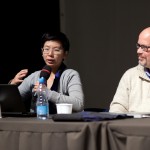
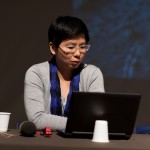
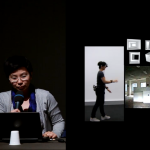
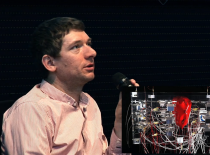
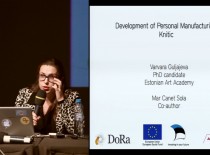
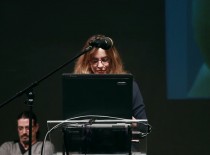
 Copyright © 2025 ARTISTTALK. All Rights Reserved.
Copyright © 2025 ARTISTTALK. All Rights Reserved.
0 Comments
You can be the first one to leave a comment.